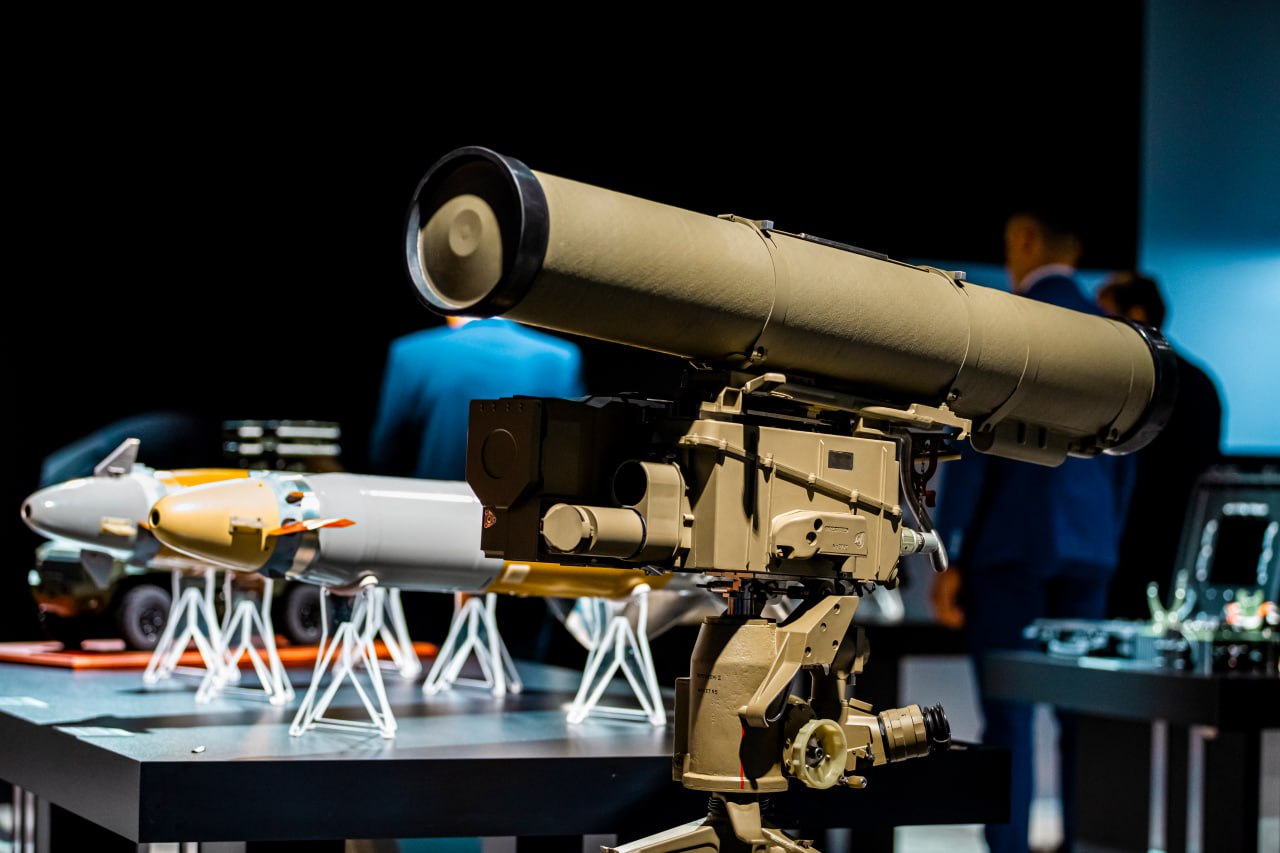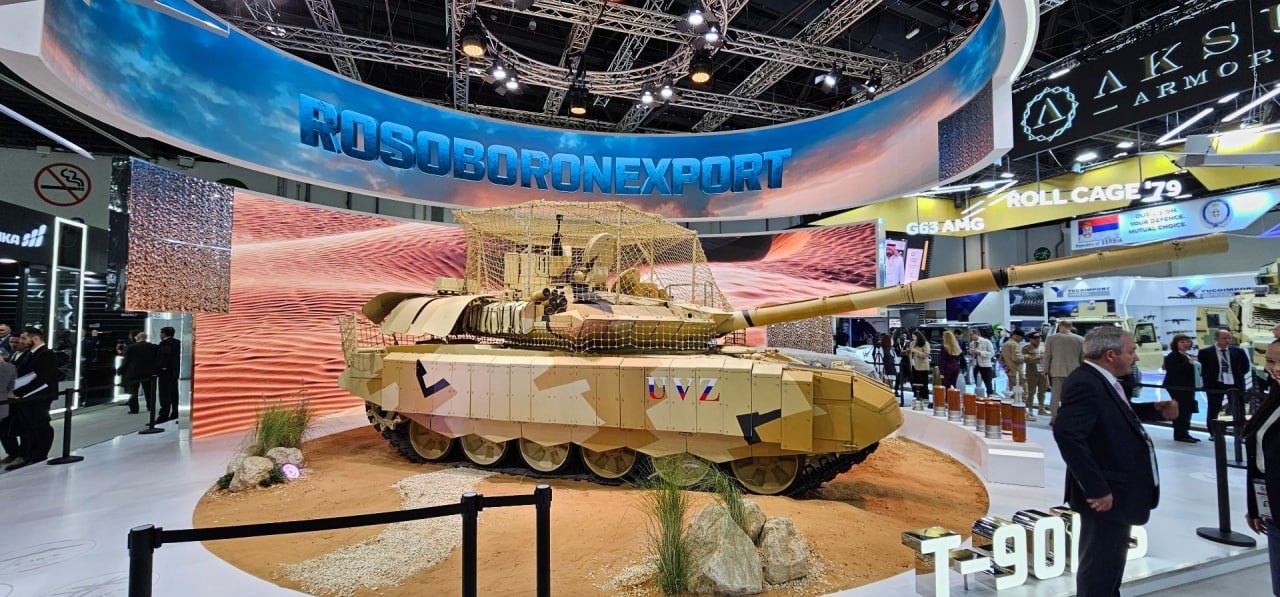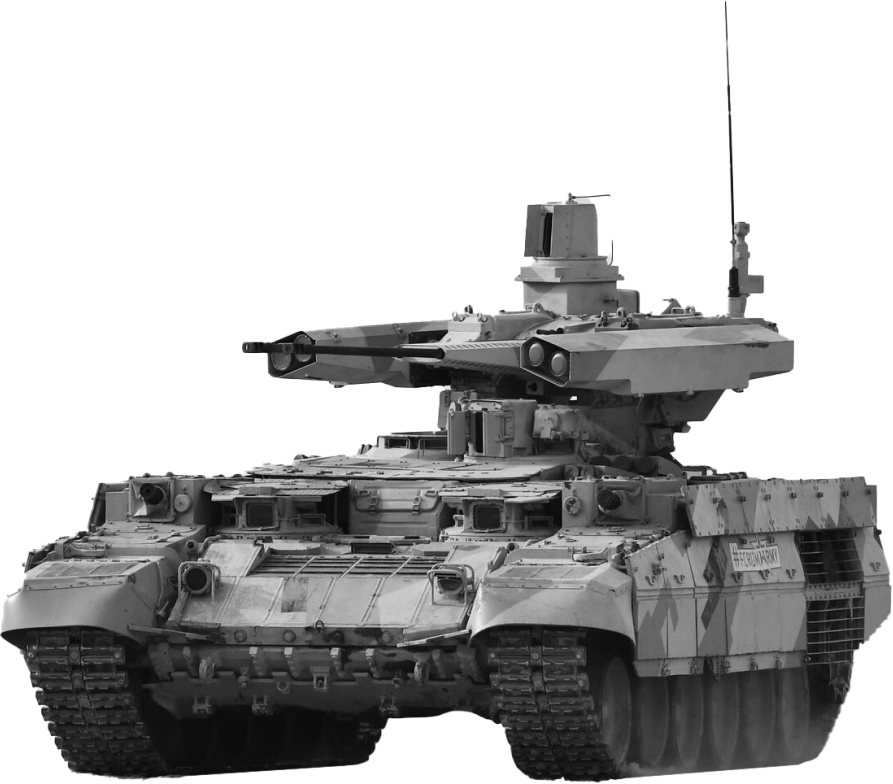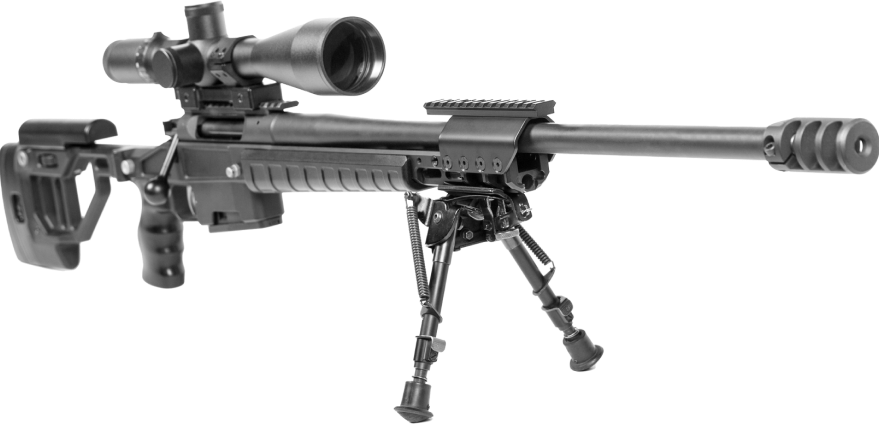By decree of the Revolutionary Military Council No. 23/4 of January 20, the Currency Settlement Department was established within the Financial Planning Directorate (FPD) of the Red Army’s Supply Directorate. It was headed by Gustav Bokis, Deputy Head of the FPD. The Special Department for Foreign Military Provisions, responsible for compiling import plans of the People's Commissariat for Military and Naval Affairs based on import requests from supply directorates, became part of the Financial Planning Directorate as its 5th Department, which was headed by L.A. Rodov.
November 16
By Order No. 121 of the Supply Directorate, the Currency Settlement Department was renamed the External Orders Department (OVZ), and in December 1927, the position of Deputy Chief of Supplies was introduced, to which Wilhelm Garf was appointed.











































































